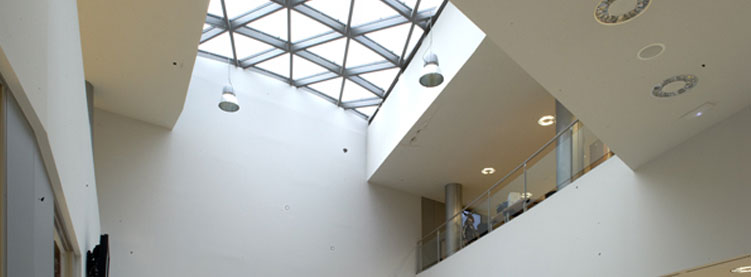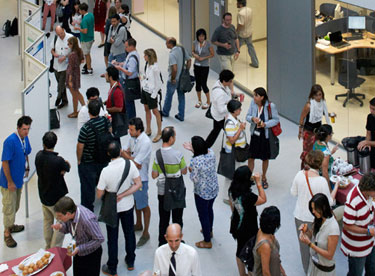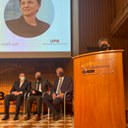
In a ceremony held yesterday at the UAB Casa Convalescència, the ALBA Synchrotron was recognized by the "Amics UAB" association with an award addressed to institutions that work for improving the services provided at the Universitat Autònoma de Barcelona (UAB).
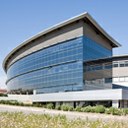
The ALBA Synchrotron has received 7.5M€ to start developing and prototyping the new accelerators' systems for transforming ALBA into a 4th generation synchrotron facility. These funds are part of the Recovery and Resilience Plan within the framework of the NextGenerationEU. Five new positions are open to hire specialists for working on this project.

The ALBA-UAB PhD student Nithyapriya Manivannan defended yesterday her thesis about the selenium biofortification of wheat. She studied the selenium plant uptake mechanisms and its interaction with pollutants using synchrotron analytical techniques. Thanks to the CLÆSS beamline of ALBA, different methods of biofortification of wheat roots, shoots and grains were studied without affecting the chemical nature of the samples. The results of Nithya's thesis will help society to access an adequate selenium intake to benefit human dietary needs.
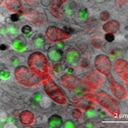
Experiments led by a PhD student at the ALBA Synchrotron revealed, for the first time, the location of a novel hybrid nanomaterial designed to inhibit the collagen overproduction after a myocardial fibrosis event and the induced morphological changes in the cells. Obtaining this high-resolution 3D information of cells is crucial for developing pre-clinical studies of novel therapeutic agents.
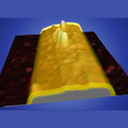
An international collaboration, led by the Autonomous University of Madrid, has studied the electrical properties of a few layers thick sheets of antimonen, a two-dimensional material composed of antimony atoms. The results indicate an electrical transport that occurs mainly on the surface of the material. This, coupled with its stability and simple structure, make it a promising candidate for nanoelectronic and optoelectronic applications. Part of the experiments were carried out at the CIRCE beamline.

